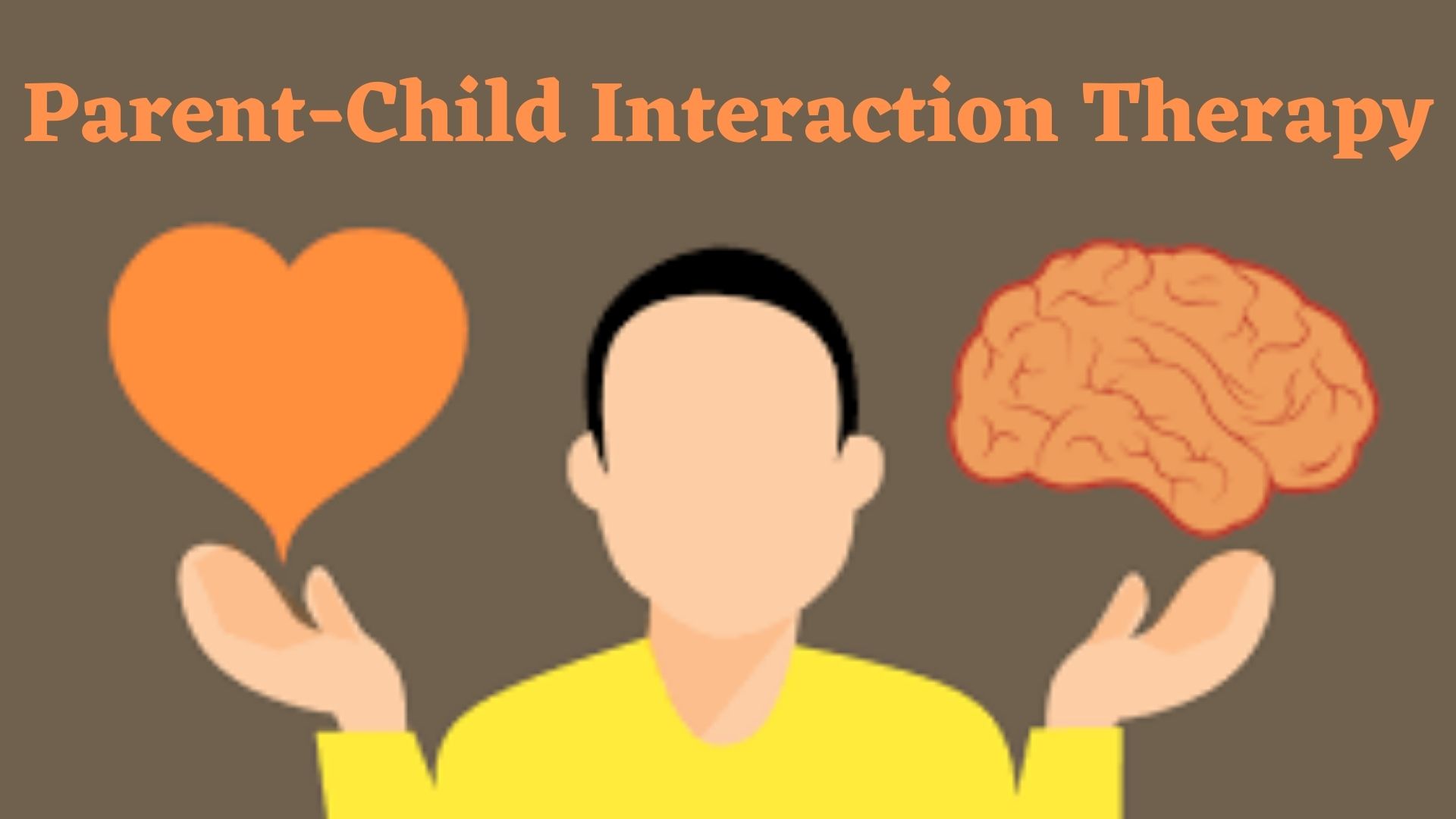The therapy to resolve the conflict between parents and their children PCIT. This behavior-face therapy is designed to help the family and improve the relationship between the child and their parents. The interaction was canceled to recreate Vitran’s children and their mom and dad.
Excellent parenting techniques, where the reduction in the behavior of parents and the child. This behavioral change makes the familiar Relationship much more substantial than before.
“Parent-Child Interaction Therapy.”
Therapy is just like an approach to protect the children at the immense risk of being broken and those who have already experienced the abuse.
More Related Posts:
- Parent-Child Relationship Building Activities
- A complete guide for parents to protect their children from abuse.
Parents need to fill a child’s bucket of self-esteem so high that the rest of the world can’t poke enough holes to drain it dry.
Alvin Price
The parents that are seeking this therapy must have addressed some concerns in their children, and they must have improved interaction with their children, this will be a beneficial move to enhance the relationship with the child…
Starting of the Development of Parent-Child Interaction Therapy
This therapy was primarily developed by ‘Sheila Eyeberg’ in the 1970s era, Completed her post-doctoral Residency in pediatric psychology and seas grounded in social learning theory and attachment theory when she developed the ‘PCIT’.
You know table contributions are made by ‘Cheryl MCNeil’, ‘Tony Hembree- kinin, Antony Urquiza, Robin GurWitch, and Beverly Funderburk in developing PCIT.
During starting days of development, ‘Eyeberg’ is to incorporate technic from both the therapy for behavioral therapy.
New upload can lead to expense, so what of the dead love to state behavioral program should do the social cause neck pain mothers knowing the developmentally disabled children to form the rough sketch and find its structure, bi methodologies.
This development theory will effectively Merge. Eyberg founded an approach based on Diana’s research on “the styles of authoritative parenting”…
On expanding the work of Constance Hanf, she will be a part of a two-stage behavioral program, only to train mothers having undeveloped children, This will be done to form the unifying structure of ‘Parent-Child Interaction Therapy.
Sheila first referred to her first move as “PCIT”, After that, she applied the Alcohol, and Drug abuse test and the Mental health association’s test of efficacy.
Facilities from the “National Institute of Mental Health” have been used for the expansion and the study of the development of P C I T. It is widely recognized and popularly seen as the most effective treatment in the world.
How does Parent-Child Interaction Therapy Work:
Parents are getting a huge opportunity to learn new skills that can be used in helping them to be perfect parents and learn how to provide a supportive and caring environment for their children.
The main motive of this therapy is to help the parents and children adapt.
How to change negative behavior into you more positive patterns in the behavior-
Typically, we can say that PCIT crosses two phases-
- Relationship enhancement
- Discipline and compliance
At the start of this program, the therapist will talk about the vital principle and techniques for given phases to the ‘parents’.
In this therapy, all the behavioral changes their trapped and grafted from time to time to highlight the progress of both parents and their children.
Many families never cure war changes and improvements in the child and the parent-child behavior and Relationship between the child and the parents.
The techniques used in Parent-Child Interaction Therapy
- Its Vivo training methods are specially designed to help adults and improve their parenting and communication skills. It also has the children’s learning to control their emotions.
- Relationship in the henchman space is also known as child-directed interactions, and their goal is to improve the bond between parent and child which too much more vital than ever.
- Only children can decide which activities or play will be used under the therapist’s guidance in this therapy. The parents play along while using the plus guided enforcement skill, which is already learned from the therapist.
The acronym for the skills represented will be as follows:
- Praise– Children collect praise for their excellent behavior.
- Reflection- The words of the children were repeated by the parents, and this improved communication and filled the communication gap somehow.
- Imitation- parents approve by kicking the act that their child is doing.
- Description- To help their adult kids, parents describe what is their child is doing, A child will improve their vocabulary, and parents start paying attention to the activities of their children.
- Enjoyment- Parents show excitement for their child’s activities.
It is a part of the primary training that parents have to include age the good in their children and ignore all their children’s negative behavior. They also have to console their child if their kid faces any mental-physical kind of trauma.
There is a number of studies that prove that this type of therapy is best to rediscover the parent-child Relationship.
The child’s behavior like aggression, defiance, Etc, and the opposing parent’s trait like anger issues, over love, etc., will be controlled by this therapy.
This is the best way to make the parent-child ren’s Relationship work much better than before, All the parents and children must try this therapy once if they face any conflict.
This therapy builds a strong relationship between a parent and the child and will also develop positive child-rearing plans, This will reduce the child’s behavioral issues, such as (aggression, depression, anger, etc.)
PCIT is the best way to interact with parents and fill communication with their children.
If you raise your children to feel that they can accomplish any goal or task they decide upon, you will have succeeded as a parent and you will have given your children the greatest of all blessings.
Brian Tracy

